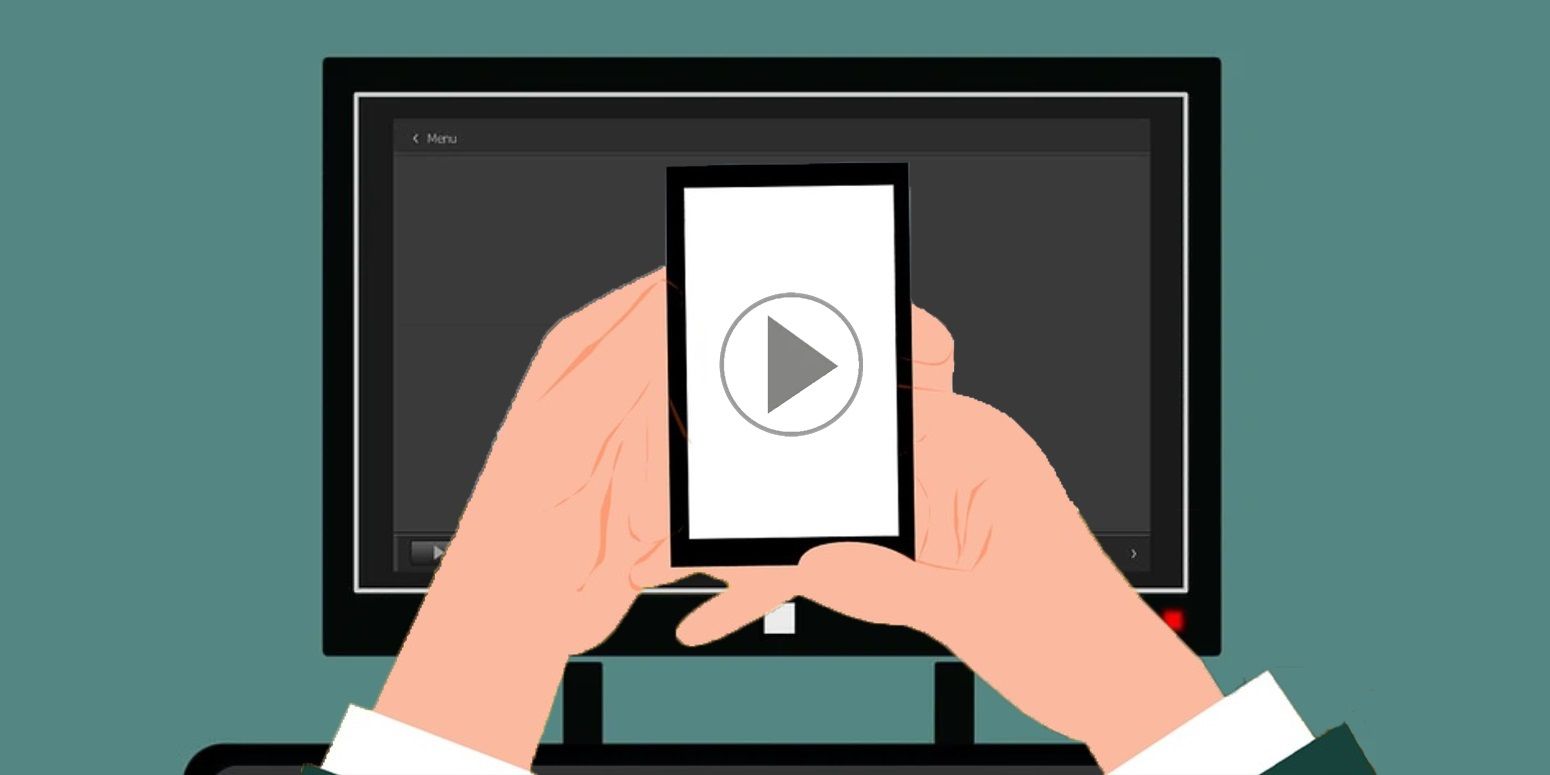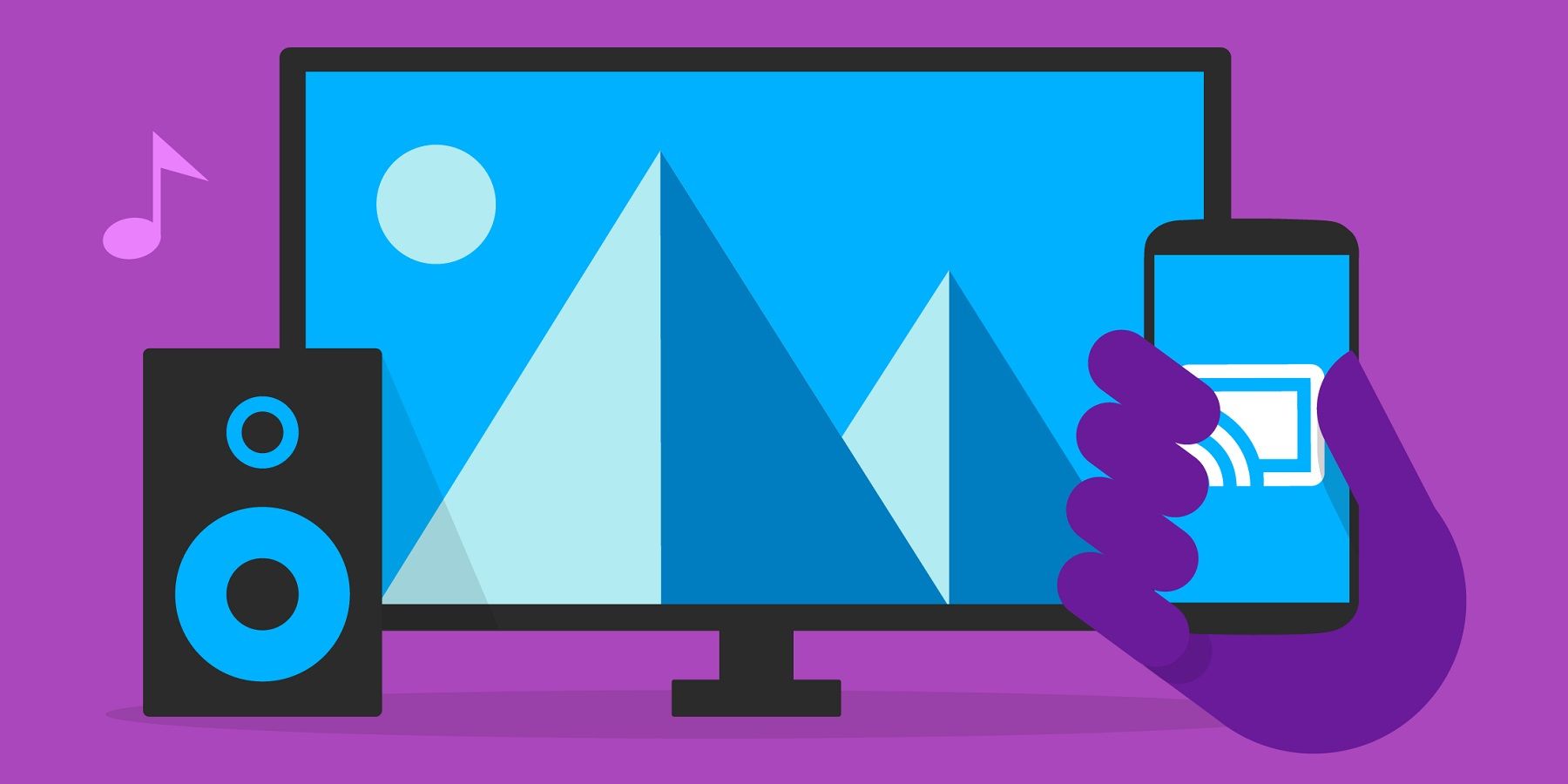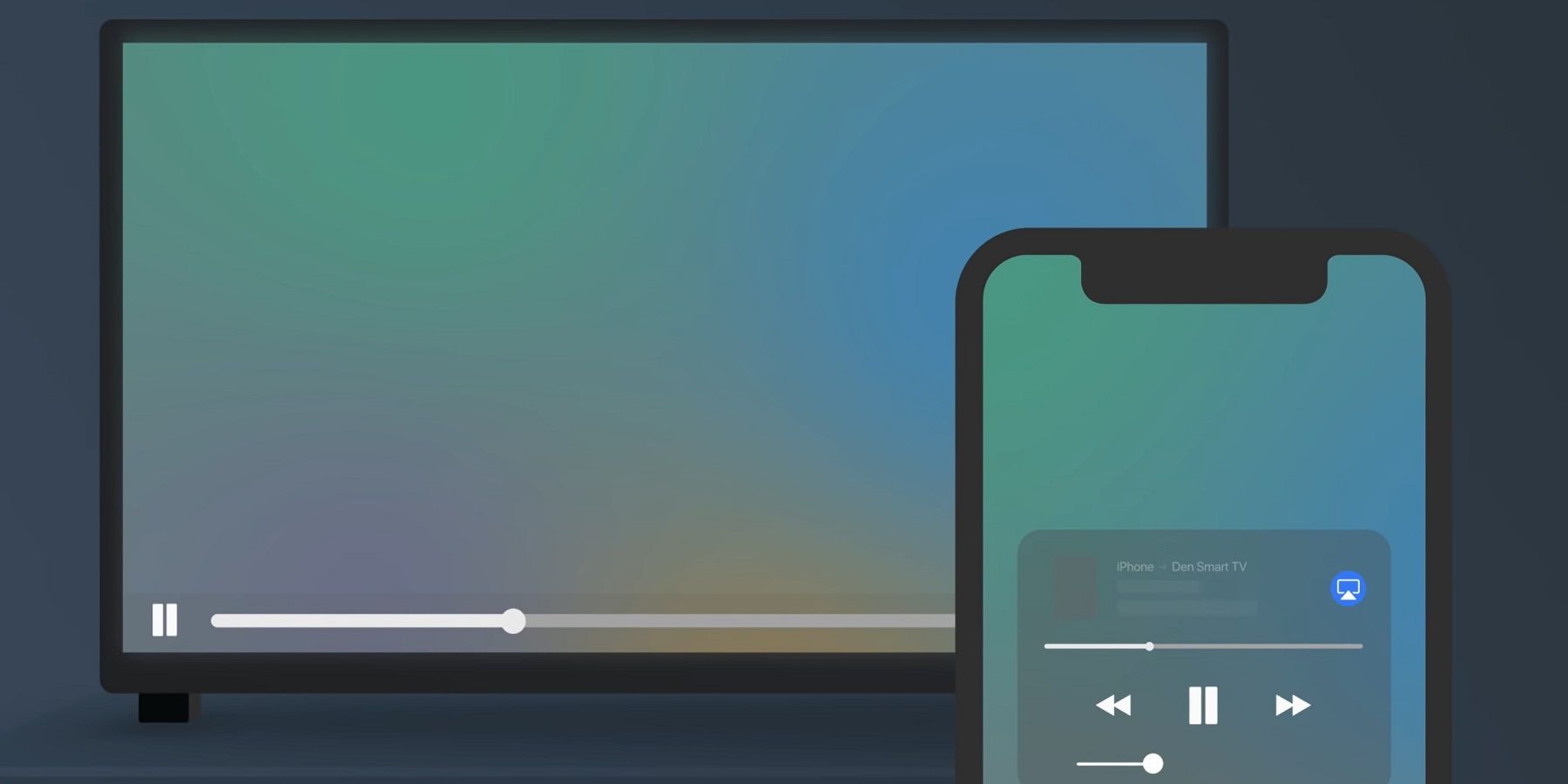Smartphones are a great way to consume video but when possible, it’s still best to watch content on your 4K TV. For those times when the videos you want to watch are on your phone, there’s multiple ways you can connect your mobile to your TV, with or without a cable.
One of the benefits of the new era of streaming is that connecting devices is no longer as essential as it once was. Instead, most streaming and video services now offer support for a wide variety of platforms and devices, making it simple to watch a video on many of the devices in the home. However, there are still times when you might want to connect your phone to your TV, and not just for videos, but also to view photos or even files.
Evidently, the easiest way to connect your phone to a TV is with a HDMI cable although you will need one that’s designed to fit the smartphone. Typically, HDMI cables come with a HDMI connector on both ends. For Android users, this is simple enough as you can pick up cables which come with a HDMI port on one end and a USB Type-C connector on the other. For iPhone users, Apple sells a Lightning Digital AV Adapter which plugs into the iPhone and provides a HDMI port on the other side that’s compatible with standard HDMI cables. Android users also have this option with a variety of USB Type-C to HDMI adapters available to buy. For reference, it’s important to check this is actually the right connector to begin with as owners of older Android phones might find they need a Micro USB to HDMI adapter instead.
Connecting Your Phone To A TV Without HDMI Cable
Connecting without a cable is also relatively easy and might even be cheaper, considering additional hardware is not always needed. That said, the first option does require an additional purchase of a Chromecast. This is Google’s dongle device which plugs directly into the TV and allows the user to “cast” videos, images, and sometimes files, from apps to the big screen in the home. Although this is a Google product, it does work with iOS, so regardless of whether you’re an Android phone or iPhone owner, Chromecast is a viable solution.
For a lot of people, they might even need to purchase the separate device as many smart TVs and set-top boxes now come with Chromecast support built-in. Likewise, some TVs and STBs also come with AirPlay (Apple’s equivalent) support, making it equally as easy to send content from an iPhone, without the need for a device like Google’s Chromecast.
Mirroring Your Phone To The TV
Another solution is to use the mirroring feature already on phones. This does vary slightly in name and process depending on the make of phone, although the feature largely works the same. While this will most often be described as “Screen Cast” or “Screen Mirroring,” Samsung phone owners may find the feature referred to as “Smart View.” Either way, the option is available as a settings tile in the menu on Android phones and through the Control Center on iPhone. The feature works in much the same way as casting from an app where once clicked, the videos or images are wirelessly sent to the TV from the phone. The major difference is there's no need for an app with mirroring, but this also means there's not much option to use the phone while casting as the entire phone’s screen is mirrored to the TV.
While the wireless approaches are the easiest way to connect a phone to a TV, they do come with one major caveat and that the two devices do need to be connected to the same Wi-Fi network. So long as that’s not an issue, there shouldn’t be any issues either AirPlay-ing, casting, or mirroring your smartphone to your 4K TV.



